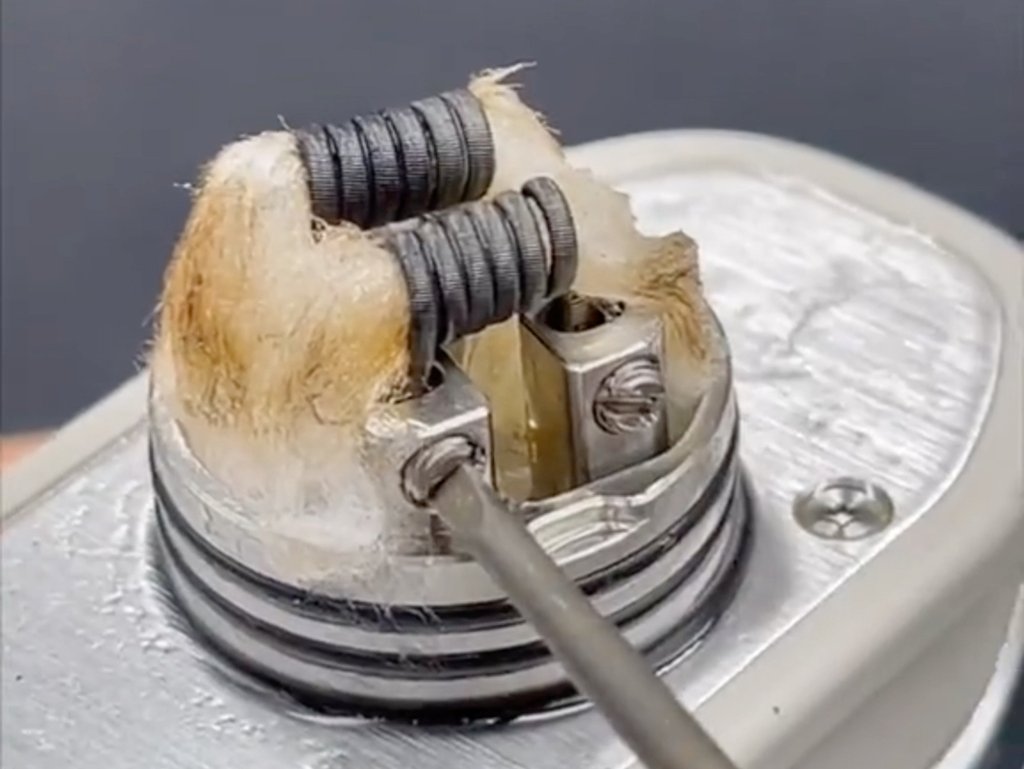
When it comes to vaping, many beginners focus on e-liquid flavors or device styles, but there is another crucial element that plays a huge role in shaping the experience. That element is vape coil resistance, measured in ohms.
Understanding how ohms work and how they affect flavor, vapor production, and overall performance can help vapers make informed choices about the devices and coils they use. Whether you are new to vaping or an experienced enthusiast looking to fine-tune your setup, getting a clear picture of coil resistance will enhance your enjoyment.
What Are Ohms?
In simple terms, an ohm is a unit used to measure electrical resistance. Every vape coil is built with a specific resistance level, and this measurement directly impacts how electricity flows through the coil when you press the fire button on your vape. The coil heats up as electricity passes through it, turning e-liquid into vapor.
The level of resistance determines how much power the coil requires, how quickly it heats up, and how much vapor it produces. For vapers, this translates into noticeable differences in throat hit, cloud size, and flavor intensity.
Low Resistance vs High Resistance
One of the first things to understand about ohms is the difference between low resistance and high resistance vape coils.
Low resistance coils are generally below 1.0 ohm and are often referred to as sub-ohm coils. These coils allow more current to pass through, which means they heat up faster and vaporize more e-liquid at once. The result is bigger clouds and more intense flavor. Sub-ohm vaping is popular among cloud chasers and those who enjoy a direct lung inhale.
High resistance coils are typically 1.0 ohm or higher. These coils restrict the flow of current, producing a cooler vape with less vapor. High resistance coils are often used in mouth-to-lung devices, where the draw is more similar to smoking a traditional cigarette. They consume less e-liquid and battery power, making them a practical choice for everyday vaping.
The Impact on Flavor and Vapor
Coil resistance plays a major role in shaping both flavor and vapor production.
Sub-ohm coils provide warmer vapor and more intense flavor because they burn through more e-liquid quickly. The larger vapor clouds also carry stronger aromas, making flavor notes more pronounced.
High resistance coils produce less vapor but can still deliver excellent flavor, especially for vapers who prefer a smoother and more controlled inhale. Many find that high resistance coils offer a more subtle and nuanced taste experience.
This means there is no single “best” option. The right coil resistance depends on your personal preferences for flavor strength, cloud size, and the type of e-liquid you use.
Coil Resistance and Nicotine Strength
Another key factor to consider is how vape coil resistance interacts with nicotine strength.
Low resistance coils vaporize more liquid at once, so using high nicotine e-liquid with them can create an overwhelming and harsh hit. For this reason, sub-ohm vaping typically pairs best with lower nicotine strengths, often between 3 mg and 6 mg.
High resistance coils, on the other hand, consume less liquid per puff, which makes them suitable for higher nicotine strengths. Many mouth-to-lung devices that use high resistance coils are compatible with nicotine salt e-liquids, which offer a smoother throat hit even at higher nicotine levels.
Understanding this relationship can help you choose the right coil and e-liquid pairing to get the most satisfying experience.
The Role of Wattage and Power Settings
Vaping is not just about coil resistance alone. The wattage, or power output of your device, also plays an important role. Each coil has a recommended wattage range provided by the manufacturer. Staying within this range ensures optimal performance and prevents premature coil burnout.
Low resistance coils usually require higher wattage to function properly. This delivers a warmer vape and more vapor, but it also drains the battery faster.
High resistance coils work well at lower wattages, which helps conserve both e-liquid and battery life.
Matching coil resistance with the right wattage is key to achieving consistent flavor and prolonging coil lifespan.
Finding the Right Coil for You
If you are trying to decide which coil resistance works best for you, it helps to consider your vaping style:
Cloud chasers who want thick vapor and bold flavor usually prefer sub-ohm coils paired with high wattage devices.
Flavor seekers who value subtle taste and a smoother experience might enjoy high resistance coils with a mouth-to-lung device.
Nicotine-focused vapers who want a satisfying hit without large clouds often prefer higher resistance coils with nicotine salt e-liquids.
Experimenting with different coils can help you discover which setup matches your preferences.
Coil Lifespan and Resistance
Resistance can also affect vape coil lifespan. Lower resistance coils burn hotter and use more e-liquid, which can cause them to wear out faster. Higher resistance coils often last longer because they run cooler and consume less liquid. That said, coil longevity also depends on other factors, such as e-liquid sweetness, priming, and overall care.
Understanding ohms and coil resistance is one of the most important steps in customizing your vaping experience. Low resistance coils deliver big clouds and intense flavor, while high resistance coils provide smoother hits and greater efficiency. By considering resistance, wattage, nicotine strength, and personal preference, you can find the perfect balance for your needs.
